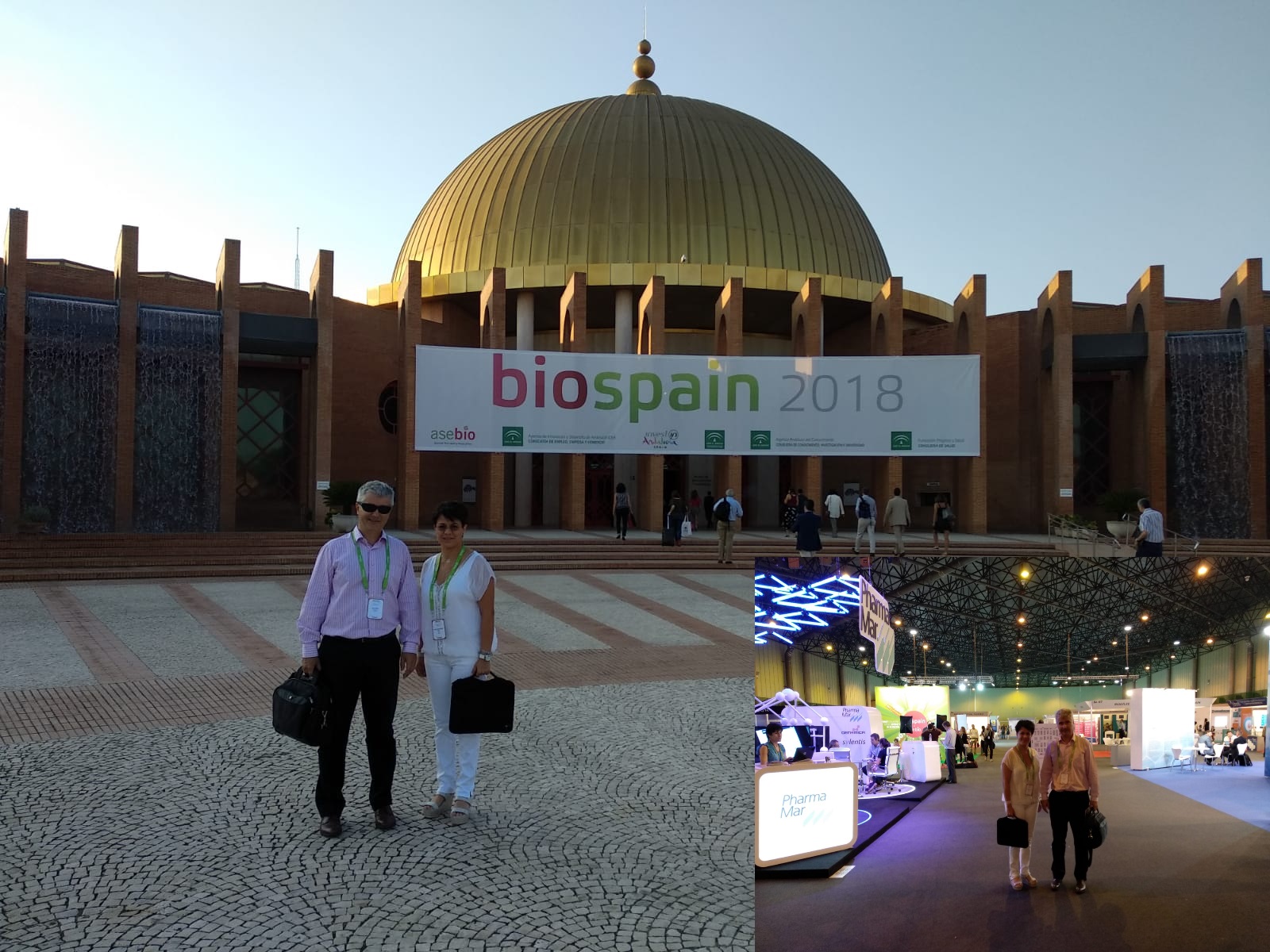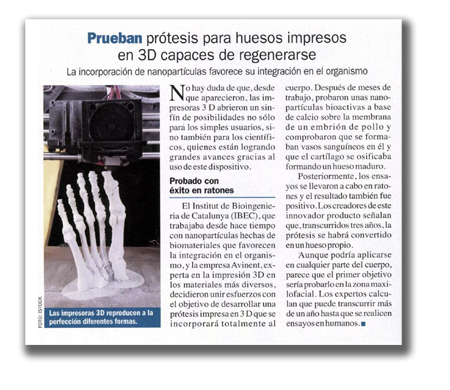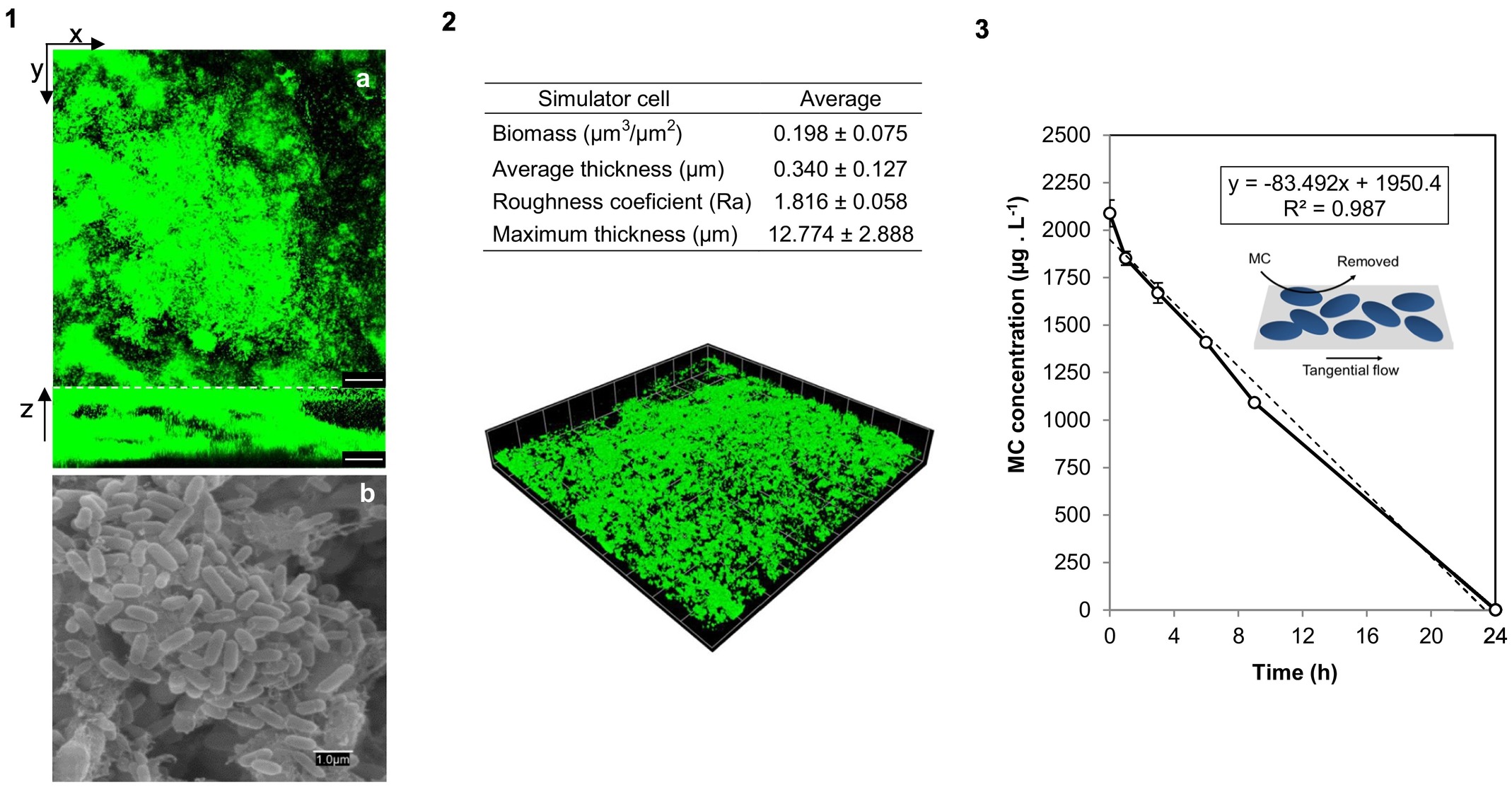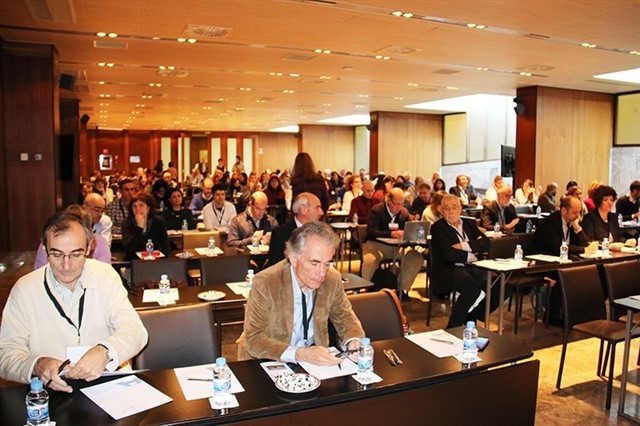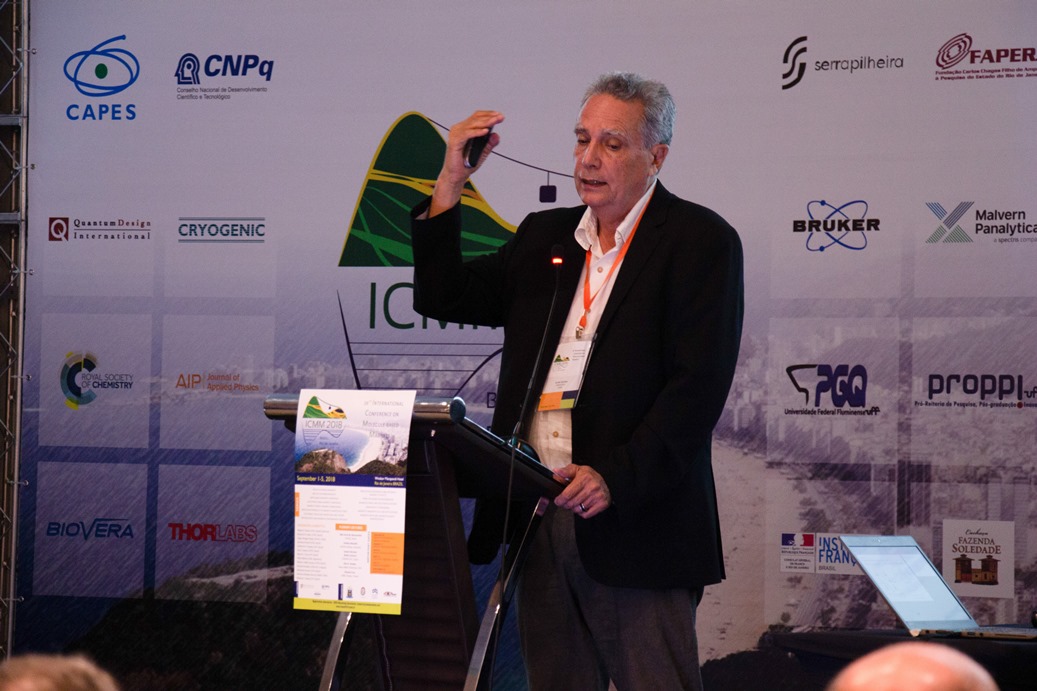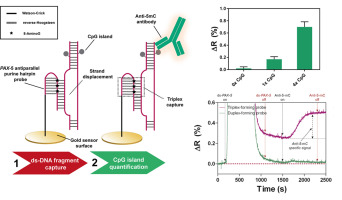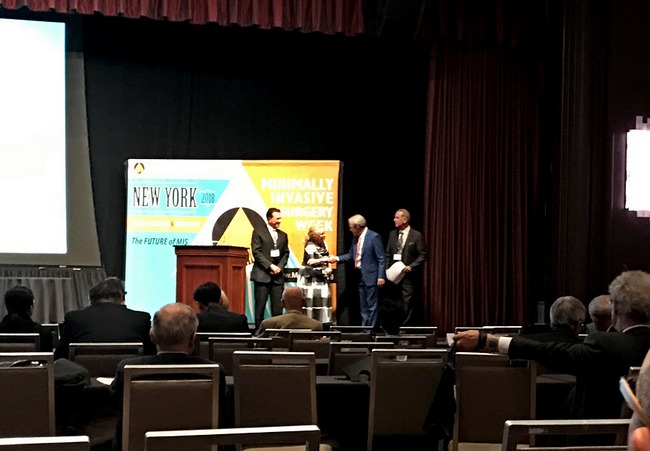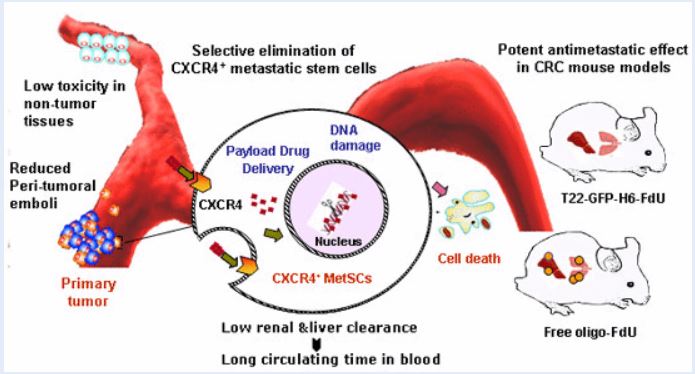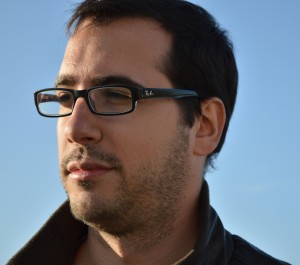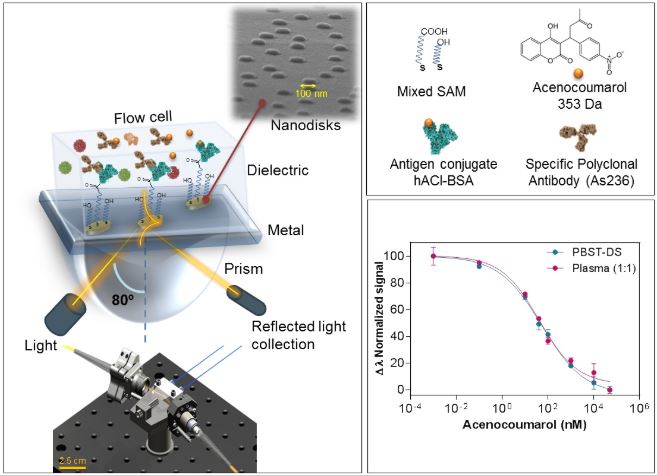NANBIOSIS participation in BioSpain 2018
NANBIOSIS participates in BioSpain 2018, which is taking place in this ninth edition, in Seville, on September 25-27. BioSpain is one of the main fairs of the European biotechnology sector. It is an event, organized by the Spanish Association of Biocompanies (ASEBIO) in collaboration with Andalusian government which aims to exchange knowledge, ideas and experiences among all actors in the biotechnology sector. In this edition BioSpain has gathered more than 1,500 attendees, 600 companies and 200 stands.
BioSpain is structured in a trade fair, a partnering system that facilitates these meetings, a conference program and an investor’s forum that brings together the most important investors in the world of life sciences (this year there are 25 attendees from seven countries such as Ysios Capital Partners, Andera Partner – former Edmond de Rothschild-, Biogeneration Ventures and Johnson & Johnson Innovation. In BioSpain counts with the presence 0f research centers and academics, pharmaceutical companies, investors, professional services and medical technology companies and supplies, apart from media.
The Executive Director of NANBIOSIS, Jesus Izco, has seized the opportunity offered by an event such as BioSpain, to hold various bilateral meetings with representatives of the industry and disseminate the new NANBIOSIS Cutting-Edge Biomedical Soluctions
